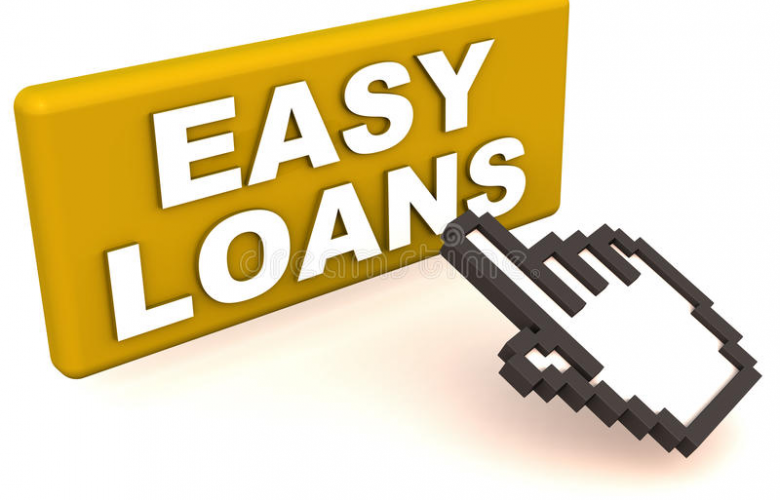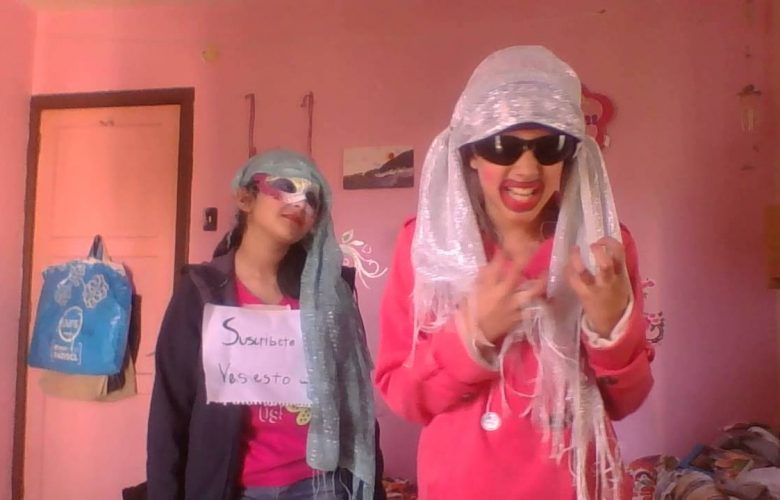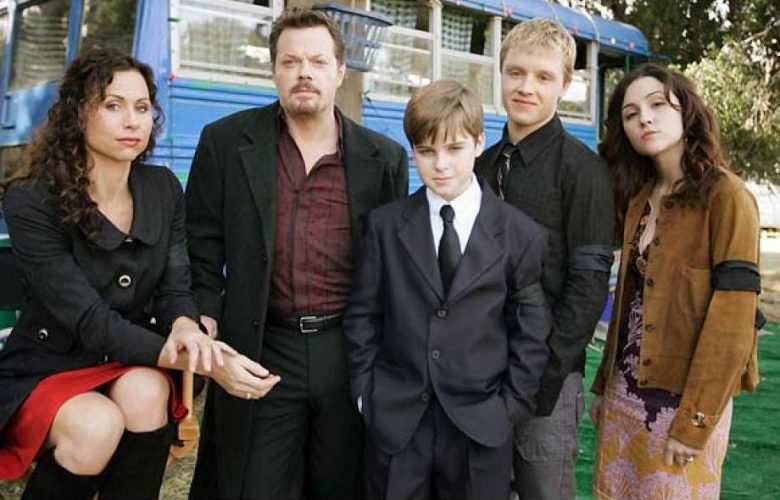The average university student may be thinking about the next finals exam he is about to take. But while Tesla Motors co-founder Elon Musk was still at university, he was thinking about the future of humanity.
The hype surrounding Tesla Motors is all Musk’s doing. The inventor and businessman extraordinaire co-founded the online money transfer service PayPal. He is also the founder of Space Exploration Technologies Corporation, or SpaceX, a private company that seeks to commercialize space travel.
Musk’s most recent exploit is his proposed Hyperloop system for California. The Hyperloop is a mode of alternative, high-speed transportation that would replace rail. Musk describes it as “an elevated, reduced-pressure tube that contains pressurized capsules driven within the tube by a number of linear electric motors.”
Nikola Versus Edison
If Tesla Motors is producing the car of the future, why is it struggling? Like its namesake Nikola Tesla, it is an innovative car company that wants to shake things up. Tesla Motors is challenging the centuries-old automobile industry by introducing electric cars that actually work.
But public skepticism along with protectionist legislation are in the way of the zero-emissions future Musk envisions.
Nikola Tesla, the Serbian-born inventor of the alternating current (AC) system, first worked for Thomas Edison—until the two inventors started the war of the currents. While working for Edison Machine Works, Nikola wanted to give Edison’s inefficient motors a redesign that would vastly improve performance, as well as the company’s earnings. The story of what happened next would solidify Nikola’s resolve to do things his way.
According to a Tesla biography, Edison told Nikola, “There’s US$50,000 in it for you—if you can do it.”
After working on the machine a few months, Nikola was successful in improving Edison’s designs. He approached Edison and inquired about the payment, to which Edison replied: “Tesla, you don’t understand our American humor.”
Edison offered Nikola Tesla a US$10 pay increase, but Nikola Tesla declined the offer and resigned.
Eventually, Nikola Tesla won the war of currents, with his AC winning against Edison’s direct current (DC). But not before Edison electrocuted elephants to sway the public into thinking that AC was more dangerous than DC.
In February of 2013, John Broder of The New York Times published a scathing review of the Tesla Motors Model S sedan. In it, Broder claimed to have ran out of power in the middle of what Tesla Motors called the electric highway.
Broder’s experience with the Model S emphasized what many people feared about electric cars—stalling in mid- drive.
Broder said that 15 miles away from charging the Model S at one of the Tesla Motors charging stations, he noticed that the estimated range was falling faster than the accumulated miles. After only 68 miles since recharging, the estimated range supposedly dropped by 85 miles.
After the review was published, Musk released a detailed rebuttal of Broder’s review, which put Broder’s credibility on the line. A few years before the Broder review, Tesla Motors had already battled the TV show Top Gear, where the Tesla Roadster was shown running out of power.
“The logs show again that our Model S never had a chance with John Broder,” Musk writes in the Tesla Motors blog. “In the case with Top Gear, their legal defense was that they never actually said it broke down, they just implied that it could and then filmed themselves pushing what viewers did not realize was a perfectly functional car.
In Mr Broder’s case, he simply did not accurately capture what happened and worked very hard to force our car to stop running.”
Musk and his company hoped to change Broder’s mind about electric cars. In an article Broder wrote in May last year, he said the state of the electric car industry is “dismal, the victim of hyped expectations, technological flops, high costs, and a hostile political climate.” Tesla Motors logged Broder’s review and revealed that Broder fabricated some of the facts he wrote. It was also clear that the Model S had remaining power when it was loaded on a flatbed truck. Speed Bumps From a Bygone Era
Tesla Motors is not only fighting public perception, it is also taking to the courts to fight the laws created when the automotive industry was in its infancy. Tesla Motors is only able to sell Tesla cars directly to consumers in 48 out of 50 US states, while judges granted Tesla a reprieve so that they could still sell cars in New York and North Carolina.
Musk has declared war against US car dealerships. In the US, the selling of cars directly to consumers is banned in most states. The old laws were put up to protect local dealers from direct competition against car companies like GM and Ford. Direct competition was feared because it could put local car dealerships out of business.
Musk wants to bypass car dealerships and sell directly to consumers because, while there are no electric car dealerships to put out of business, the old laws still apply to Tesla Motors.
“It takes [dealers] at least twice as much effort to sell someone an electric car and to educate them as to why an electric car is good,” Musk explains. “And so, if we were to go through the traditional dealer path, the result would be a disaster.”
Dealers have been fighting back, effectively banning the company from directly selling to consumers in Texas, while there are pending laws in Colorado and Virginia that will do the same thing.
In recent months, public perception seems to be swaying in Musk’s favor. For instance, the Tesla Model S has been winning accolades left and right.
The Tesla Model S, aside from being named car of the year by several publications, also bagged the title “Safest Car in America.” The National Highway Traffic Safety Administration gave it five stars overall and five stars across all subcategories.
The future cannot come fast enough for Tesla Motors. But for now, the charismatic Elon Musk is busy battling skeptics with his ingenuity, daunting vision, and equally imposing name.
The neo-industrialist that is Musk may yet have the last laugh, as Nikola Tesla did.




